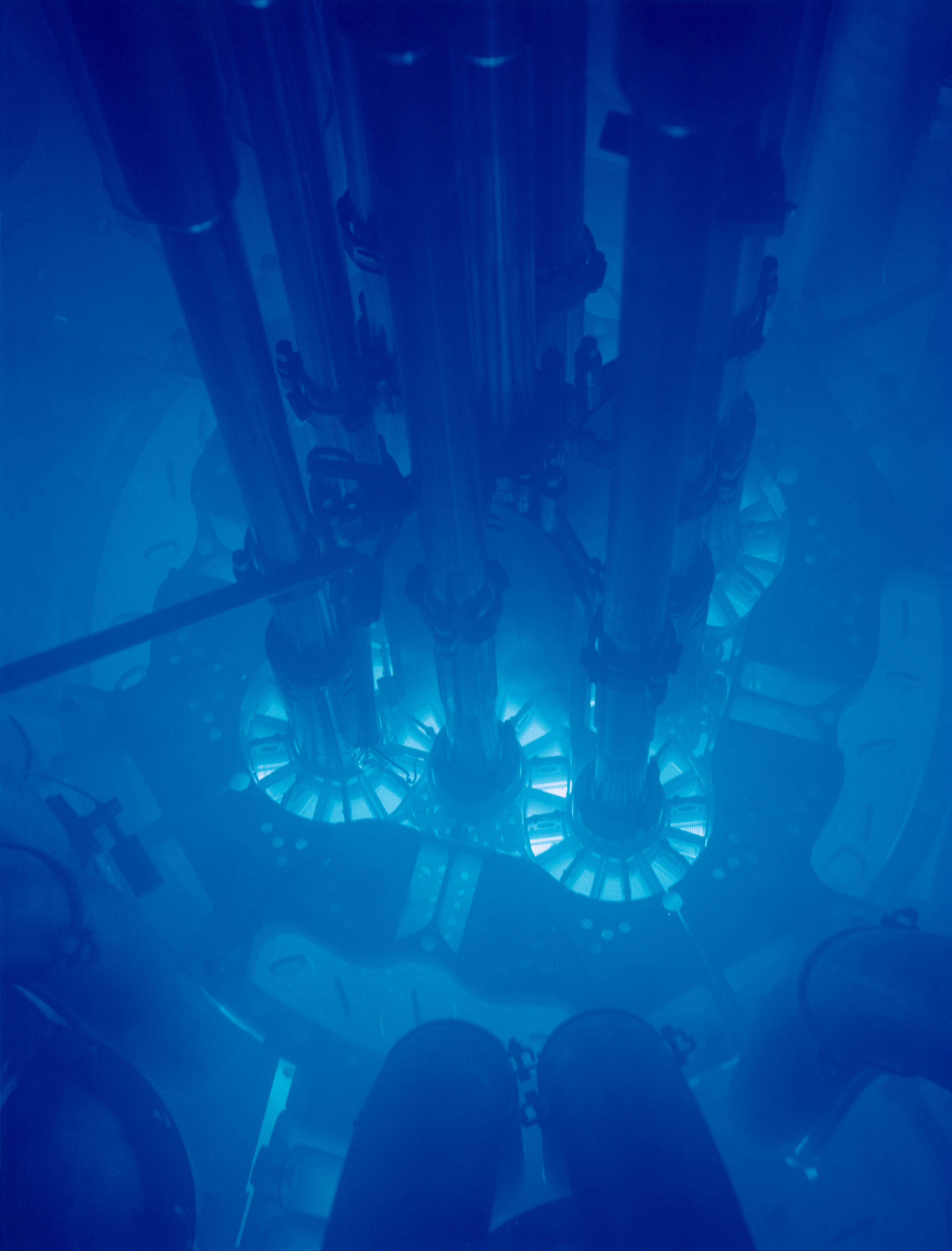
The downside is that the predicted rates from annihilation of neutralinos accumulated in heavy celestial objects are low if the constraints from the Wilkinson Microwave Anisotropy Probe and the LHC are taken into account. This is good news for neutrino telescopes, which – by design – are sensitive to high-energy particles. The current preferred mass-range for the lightest, stable neutralino is in the region of hundreds of giga-electron-volts. The lack of evidence so far for supersymmetry from direct searches at the LHC raises the limits of supersymmetric particle masses to the scale of tera-electron-volts and has implications for the dark-matter candidates arising in supersymmetric models. The discovery there of a Higgs boson at a mass of 126 GeV can be seen either as just another confirmation of the Standard Model or as a first glimpse of physics beyond it. Supersymmetry – still a well motivated candidate for physics beyond the Standard Model – has been put to the first serious tests at the LHC.

Review talks on supersymmetric dark-matter candidates and the status of experimental searches opened the first day’s sessions. The time was therefore ripe for a second workshop, with the Centre for Particle Physics of Marseilles (CPPM) as host, bringing together 47 experts on 3–6 April. Meanwhile, searches for dark-matter candidates and indications of physics beyond the Standard Model in experiments at the LHC have set stringent constraints on many models, complementing those derived from the neutrino telescopes. Indeed, some theoretical models have already been called into question by recent results from these detectors.

#NEUTRINO TELESCOPES FULL#
Since then, the large neutrino telescopes IceCube and ANTARES have been completed and indirect searches for dark matter, monopoles and other aspects of physics beyond the Standard Model are proceeding at full strength. It is more than six years since Uppsala University was host to the first Workshop on Exotic Physics with Neutrino Telescopes. The IceCube lab at the Amundsen-Scott South Pole Station in Antarctica monitors the world’s largest neutrino telescope, which consists of more than 5000 optical sensors held in a cubic kilometre of the polar ice cap. A workshop in Marseilles focused on the search for exotic physics in the era of large-scale neutrino telescopes and the LHC.


 0 kommentar(er)
0 kommentar(er)
